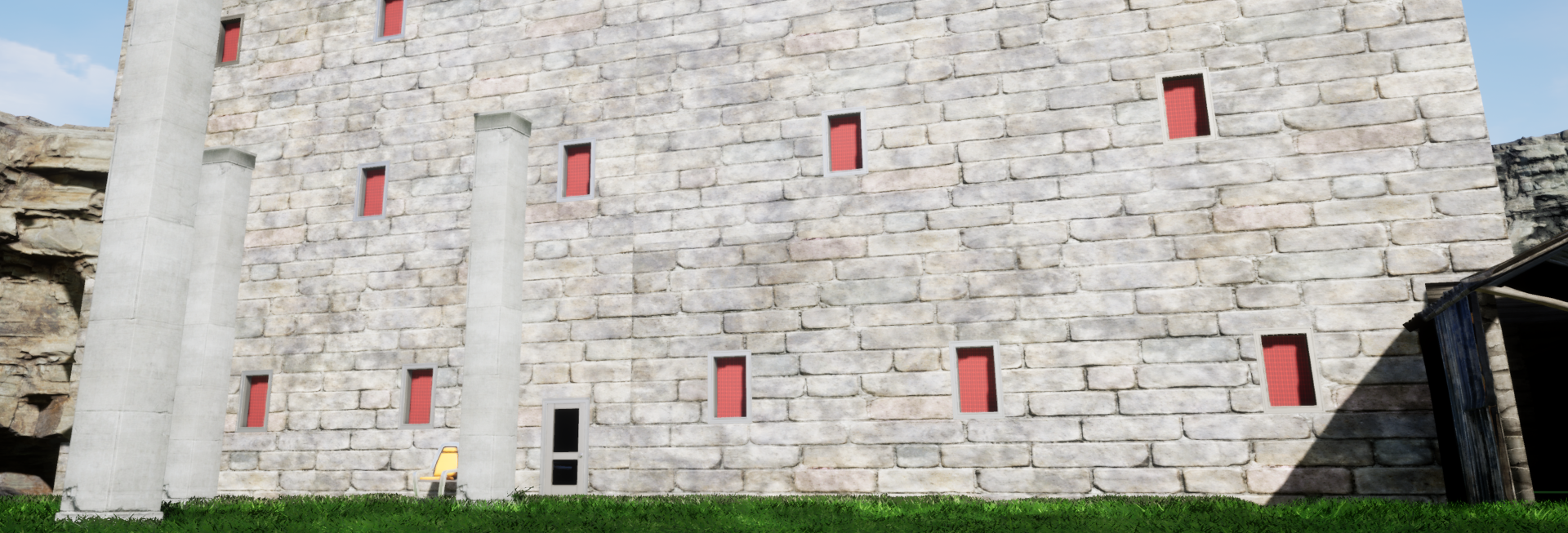3/2/2019
I have been working on capstone for most of the entire day. I have put little thought into the movement section and have instead been working on map construction. I have hit several snares as of today. So far, I have been doing small scale testing with the tile layout. As it turns out, at significantly higher tile counts, which are necessary for a well sized map, I am finding frame rate performance to drop rapidly. This causes aggressive screen lag. To cut down on the lag, I had reduced the amount of grass per tile, which was effective, but didn’t solve the issue. I definitely knew going into this approach that the tile construction would be heavily taxing, but I didn’t expect it to do this poorly. My laptop has a considerably powerful graphics card for a laptop and runs games very smoothly. As a result, I find it hard to believe how much power is required for an actor object. With this in mind, I have been doing some research into how grass is made in big productions that have large scale maps. I found that the proper way to make grass outside of landscapes is a foliage brush which brushes static meshes into the world instance. I have yet to implement, but I found solutions online where people have actually converted foliage instances into actors and then removed that foliage instance. This would allow me to “cut grass” as I had hoped in the first place. Additionally, this could give me more power than initially realized. From my understanding, each foliage in the brushed instance has some kind of value for tracking. Hence this is how we know which foliage to remove. That said, if I can find out how to access the structure containing the foliage, which I believe to be an array, then I can check to see if any objects still exist in the structure. Another method I could use with this knowledge is to find out how many objects live in the structure and just keep a running tally of how many I remove. Either way, this would be great for determining when the game ends. Alternatively, if can’t find out how to access that information, I may be back to my previous solutions, which is either manually counting grass patches or using a countdown timer.
I have also added a new image that contains some experimenting from the tile setup today. The vehicle in the image is the default Unreal Engine Dune Buggy from the Advanced Vehicle Default Project. I decided that was the easiest, closest thing to a lawn mower. I colored it green for dramatic effect.
I guess the lawn isn’t getting mowed today.

